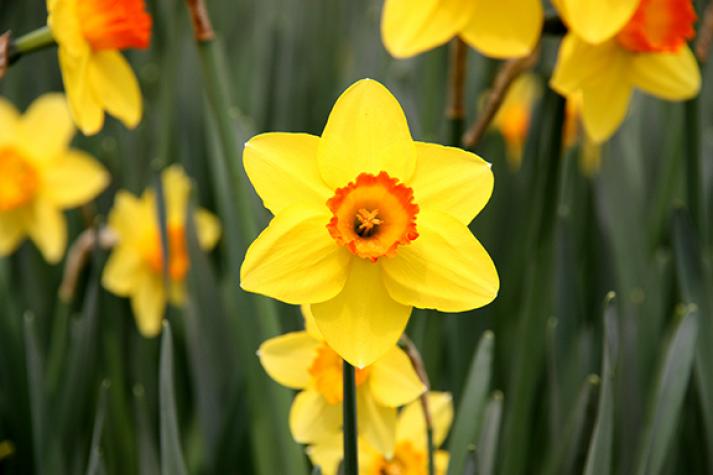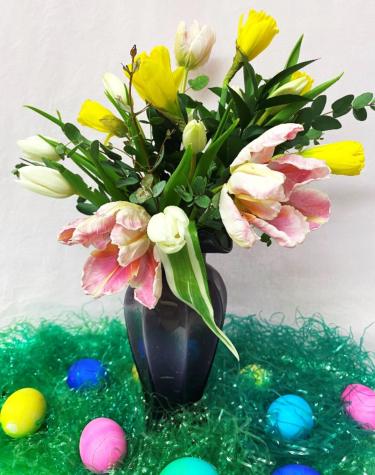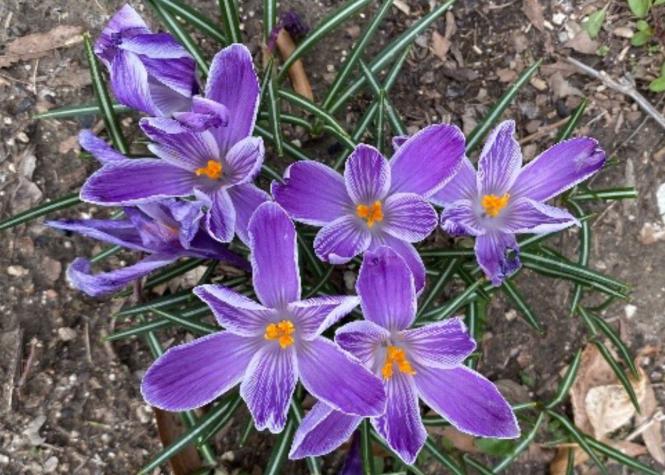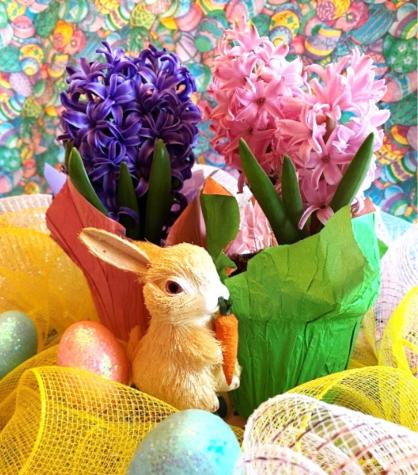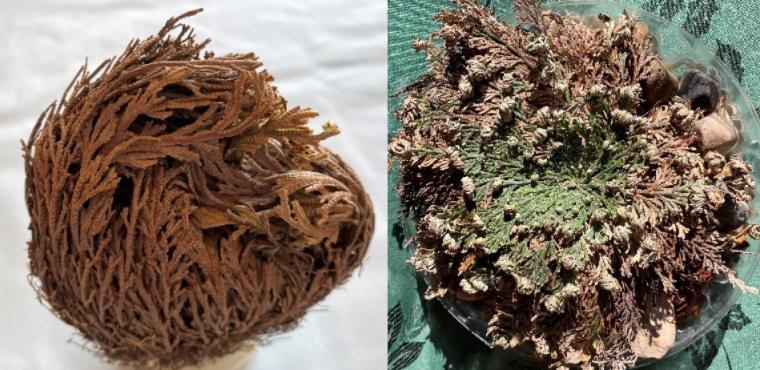COLUMBIA, Mo. – April is the season of new beginnings, especially for plant lovers. Outdoors, spring-flowering bulbs, shrubs and trees dot the landscape. Indoors, seasonal plants enliven and brighten dreary rooms, says University of Missouri Extension horticulturist Michele Warmund.
Crocus, daffodil, hyacinth and tulips are harbingers of spring, with their foliage emerging from the soil very early in the year, especially when temperatures rise above 50 degrees. Crocus and daffodils bloom first in the landscape, followed by hyacinth and then tulips.
Flowers of these bulbs are prized as their colors are often associated with Easter. The purple flowers of crocus and hyacinth symbolize penance, and purple is a color often associated with the season of Lent. Gold and yellow colors of daffodils are also associated with Easter celebrations. Warmund says white daffodils and tulips represent joy, love and virtue in secular and religious traditions.
Unfortunately, freezing temperatures often occur in Missouri during bloom, injuring cold-sensitive flowers. However, daffodil, hyacinth and tulip stems can be cut and brought indoors as soon as the buds show color. When placed in a container partially filled with water, the buds will continue to open, and the flowers can be enjoyed in a couple of days. Cut stems of flowering daffodils and tulips usually last about a week indoors, but hyacinth have a shorter vase life.
Because of the danger of spring freezes, retailers often sell spring-flowering bulbs as potted plants. The flowers of these potted plants can be enjoyed longer than those on cut stems. After the blossoms fade, remove the container and set the root ball in soil in a flower bed outdoors to enjoy the colorful blooms next year.
Other plants, such as the Easter lily, Easter cactus and the resurrection plant, have spiritual significance. Flowering white Easter lilies often are prominent in the observance of Easter and symbolize purity, rebirth and hope, Warmund says. Each beautiful bloom on a plant lasts only a few days, but flowering usually persists for up to two weeks when pots are placed in bright light and the soil is kept consistently moist. After blooming is completed, Easter lily plants can be maintained much like potted daffodils and tulips.
The Easter cactus is a tropical plant with white, pink, lavender, orange, peach or red flowers. This plant is similar in appearance to Christmas and Thanksgiving cacti. However, the Easter cactus has slightly larger flowers and rounded leaf margins and requires 8-12 weeks of short days to produce its spring flowers.
After this period of short days (less than 12 hours of light per day), the flower buds develop, and plants can be placed in bright, indirect light. Allow the potting mix to dry out before watering. After bloom, fertilize the plants with a low-nitrogen product (10-10-10). Plants thrive in a pot-bound condition, but change the potting mix every other year.
The resurrection plant (Selaginella lepidophylla), a member of the spikemoss family, is native to the Chihuahuan Desert in northern Mexico. These plants are drought-tolerant and can survive undamaged with only 5% tissue moisture. This nonflowering plant is sold as a brown sphere of curled-up, fernlike foliage in a dormant condition. When plants are placed in a container filled with pebbles and distilled water at room temperature, the foliage begins to unfurl within four hours, and it turns completely green within a few days. To maintain these plants, add water as needed and fertilize with a dilute solution (1/10 strength) of a product sold for houseplants in early spring and midsummer. Should the water source in the container evaporate, the plant will begin to return to its dormant state until revived with moisture. Plants can also be stored in a cool, dry place until they are resurrected with water.
Photos:
Arrangement of tulips and daffodils
April is the season of new beginnings. An arrangement of cut stems of pink and white tulips and daffodils brightens spring tables. Photo by Michele Warmund.
Purple crocus
Early blooming purple crocus in the home landscape. Crocus, daffodil, hyacinth and tulips are harbingers of spring with their foliage emerging from the soil very early in the year. Photo by Michele Warmund.
Potted hyacinths
Potted hyacinths are colorful indoor plants that can be planted outdoors after flowering. Purple flowers symbolize penance. The color purple is often associated with the season of Lent. Photo by Michele Warmund.
Resurrection plant
A dormant resurrection plant (left) and the same plant 48 hours after placing it in a pebble-filled container with water (right). These plants are drought tolerant and can survive with only 5% tissue moisture without damage. Photo by Michele Warmund.
